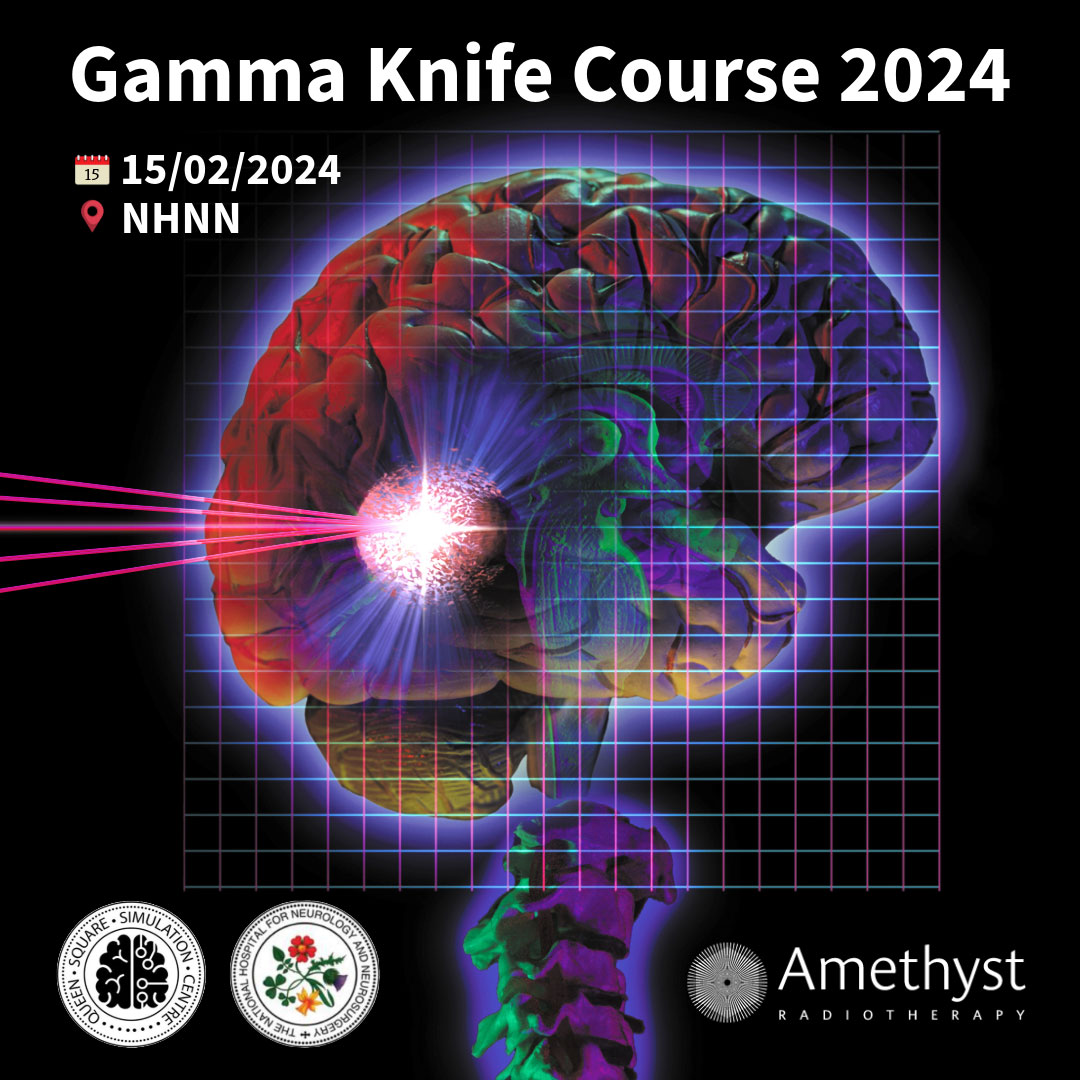The Department of Health and Social Care has launched a new taskforce to bring together experts to develop new ways to detect, diagnose and treat cancers in children and young people. The initiative aims to save lives and mitigate the long-term effects of a cancer diagnosis for young people.
The announcement follows a two-year campaign by the Children’s Cancer and Leukaemia Group and Young Lives vs Cancer, who have been calling for a dedicated plan to improve outcomes for young people with cancer. The two charities will be involved in the taskforce, along with Cancer Research UK and the Teenage Cancer Trust.
The taskforce will request better access to DNA testing and treatment, and more investment in research. It will also seek to explore how artificial intelligence can make the process of cancer diagnosis and treatment for young people more efficient and effective, and expand data sharing arrangements to help clinicians make better informed decisions.
The taskforce will be chaired by Dame Caroline Dineage MP. Health and Social Care Secretary, Victoria Atkins, said: “Discovering your child has cancer is among the worst news a parent can receive. Thanks to the remarkable progress in treatment and research, survival rates are higher than ever. However, even then, life-changing consequences can remain.”
She added: “This taskforce will help bring together world-leading experts and those who have dedicated their lives to fighting cancer to discuss how we can go further faster and to drive progress in cancer care for children and young people.”
“I am pleased we have such a respected figure as Dame Caroline leading the discussions and we look forward to working with all those on the taskforce to make child cancer care faster, simpler and fairer for all.”
Cancer is the leading cause of death in children up to 14 years old, and a major cause of death in young people in the UK. According to the Brain Tumour Charity, brain cancer is the biggest cancer killer of children and adults under 40 in the UK. However, less that 3% of the total annual cancer research funding is spent on brain tumours.
Brain tumours reduce life expectancy by an average of 27 years, and only 12% of adults survive for five years after a diagnosis. There are on average 500 young people under the age of 19 diagnosed with a brain tumour in the UK every year. Around half of these cases are gliomas, meaning that they originate from the glial cells.
Gliomas have various subgroups. Astrocytoma is the subgroup that makes up about 43% of all brain and spinal cord tumours in children. Other types of brain tumour that most commonly affect children are ependymomas, embryonal tumours, and craniopharyngioma. It is not yet understood what causes these childhood tumours.
Commenting on the launch of the cancer taskforce, Chief Executive at Young Lives vs Cancer, Rachel Kirby-Rider, said: “It’s a positive step that children and young people with cancer’s unique needs are getting the focus they deserve with the setup of a dedicated Children and Young People Cancer Taskforce.”
She added: “Alongside their health, cancer can completely disrupt a young person’s life both during and beyond treatment, from education, to mental health and finances. It’s reassuring that as well as improving treatment and research, the Children and Young People Cancer Taskforce aims to transform care and reduce the long-term impacts of cancer.”
Childhood brain tumours are usually treated with surgery, radiotherapy, or chemotherapy. The medical team will decide on the most appropriate course of treatment depending on the size, type, and location of the tumour and the age and general health of the child.
The long-term effects of a brain tumour on the child’s life will vary depending on the factors mentioned above and how it is treated. However, the consequences can be profound, including learning difficulties, vision problems, and impairments on normal growth, puberty, or physical abilities such as poor balance or weakness in a limb.
The child may also be left with emotional difficulties, either because of physical changes in the brain, or because of the trauma and social isolation they may experience due to the diagnosis and treatment of a brain tumour.
If you would like some more information about glioblastoma brain tumour treatment, please contact Mr George Samandouras of Amethyst Radiotherapy.


